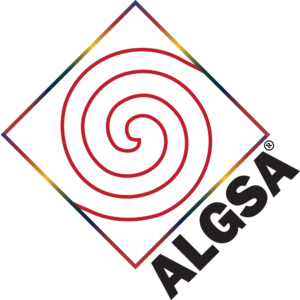Early detection crucial for pediatric liver health: Study highlights gaps in follow-up care
A new study conducted on newborns aimed to establish the effectiveness of using direct bilirubin (DB) measurements as a screening tool for neonatal cholestasis, specifically focusing on biliary atresia (BA), the primary indication for pediatric liver transplantation.
The study identified a DB cutoff value of 0.6 mg/dL as having high sensitivity and specificity for predicting cholestatic liver disease (CLD).
However, despite the effectiveness of the screening, the research highlighted a significant gap in follow-up care for infants with elevated DB levels in the outpatient setting, with 75% of eligible newborns not receiving adequate monitoring.
This emphasizes the importance of addressing and improving follow-up protocols to ensure early diagnosis and management of CLD in newborns, particularly for conditions like biliary atresia that require prompt intervention for better long-term outcomes.
Reference
Lerer R, Barash L, Nafday S, et al. Evaluation of Newborn Direct Bilirubin As Screening for Cholestatic Liver Disease. JPGN Rep. 2023;4(4):e345. doi: 10.1097/PG9.0000000000000345. PMID: 38034462; PMCID: PMC10684158.
Rare Disease 360® is the Official Media Partner and Official Publication of The Alagille Syndrome Alliance (Alagille.org).

